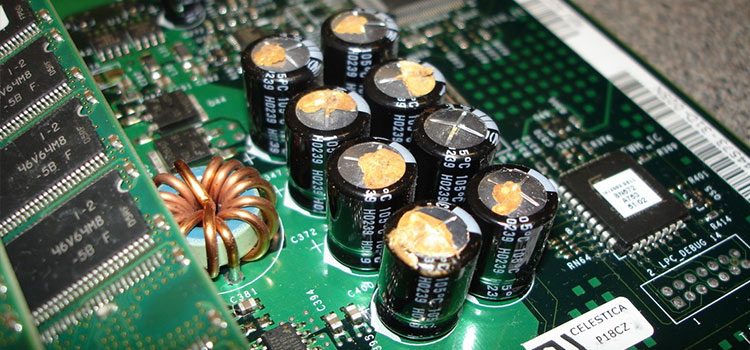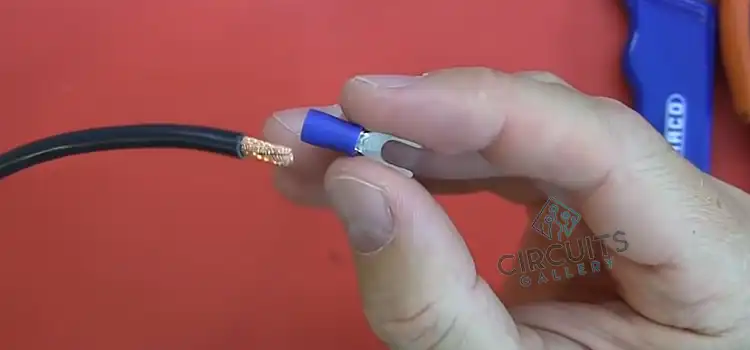Is Tin Conductive
The electric conductivity of tin is 8.7 (10.E6 Siemens/m) which is much lower than that of silver, copper, gold, or aluminum. But is tin conductive? Compared to other metals like lead, carbon steel, and titanium, tin is more conductive.
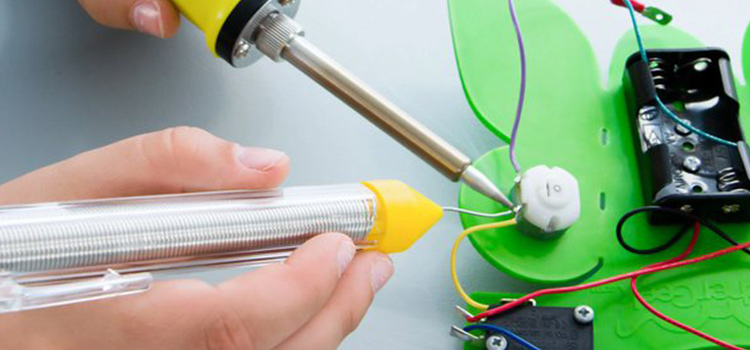
So you can consider tin as a good conductive metal that can not be used as implants or in such sensitive applications. Along with being a good conductive metal, tin has a higher electric resistivity as well. To know more about the conductivity, resistivity, and other important characteristics of tin, keep on reading.
Is Tin Conductive
The electric conductivity of any metal refers to the capacity of the free flow of electricity. And it is termed the inverse of the electric resistivity. Although Tin might not be as conducive as silver, copper, gold, or aluminum. But it works more effectively as a conductor than some of the other metals like titanium, leads, or carbon steel.
Even though silver is more conductive than copper. But still, copper is more widely used in conductors for having more reasonable pricing and some other technical terms. As a result, the standard, IACS (by which the electric conductivity of different materials is expressed) is based on the relative measurement of copper.
International Annealed Copper Standard
The abbreviation IACS refers to International Annealed Copper Standard and is generally expressed in percentages.
And according to that particular measurement, the electric conductivity of copper is considered to be 100%. And for silver, it is 105%. But this measurement does not mean that copper has no resistivity at all. Of course, it does. But this is just a measurement by which all the other materials are classified in terms of conductivity.
So the higher this percentage is, the more conductive the component is. As for tin, the conductivity of this metal compared to copper is about 15%. Whereas gold and aluminum have the conductivity of 70 and 61 respectively. Also, you can compare the conductivity of tin with the metals like bronze (7-15%), steel (3-15%), and iron (17%).
Properties of Tin
Apart from the IACS, Siemens/m is another popular parameter by which the electric conductivity of different components is measured. The electric conductivity of tin in terms of Siemens/m is 8.7. And that is again much less than silver, copper, and gold and comparatively higher than lead, carbon steel, and titanium.
As for the electric resistivity, it is about 11.5 (10.E-8 Ohms .m). However, the thermal conductivity of tin is 67 W/m.K which is quite low compared to the other metals. And the thermal expansion factor for this particular metal is 23.5 10E-6(K-1) at 100°C.
Is Tin Conductive or Non-Conductive
Tin is one of the most conductive metals you can find on the elementary chart. Although compared to metals like copper and silver, the conductivity of this material is quite low. Then again, with the conductivity of 8.7 (10.E6 Siemens/m), tin is more conductive than the other conductive metals like lead, steel, titanium, and mercury.
But the electric resistivity of this particular metal is quite high compared to that of copper-gold or aluminum. For tin, the electric resistivity is 11.7 (10.E-8 Ohms .m). Though metals like titanium, lead, carbon steel, and bronze have relatively more resistivity than tin.
Is Tin a Lead Conductor
Even though tin is not a conductive material like silver and copper. Still, due to its low melting points, tin is being used widely as solder joints and connections. As soldering has been one of the most convenient and economical ways to make electrical and mechanical connections.
This has been going on like this for decades and is likely to be so in the future. And tin has been the first choice along with lead for soldering since the very beginning of the invention of electricity. But then two other options have been popular now which are lead-free solder and silver alloy solder.
Lead-Based Solder
Lead-based solder is made of tin and leads alloy. And that alloy has a comparatively lower melting temperature because of tin. As most of the electric components are vulnerable to heat issues. Tin-based alloys are more preferred over other metals with a high melting point.
Is Tin Good at Conducting Heat
The Melting or deterioration temperature of tin is about 232 degrees Celcius. Whereas the melting temperature of copper is 1083 degrees Celcius. So in terms of conducting heat, tin might not be as good as copper. But apart from being less reactive and more ductile, you can consider it a good conductor of heat.
What Is the Electrical Conduction of Tin
Electric conduction of tin is 8.7 (10.E6 Siemens/m) which is about 15% of copper. Still, you can consider it a good conductor of electricity. And also, they are widely used for this particular characteristic.
Besides, the electric resistivity of this metal is 11.5 (10.E-8 Ohms .m). So before using it as a conductive material, you have to take that into your consideration as well.
Conclusion
Even though tin is considered less conductive and has more resistivity than metals like copper, silver, and gold. Yet it is not suitable as an insulating material. So if you are considering tin for some application as an insulating material, you might get a disappointing result. And now that you know whether is tin conductive or not, it might come in handy in your next project.
Subscribe to our newsletter
& plug into
the world of circuits

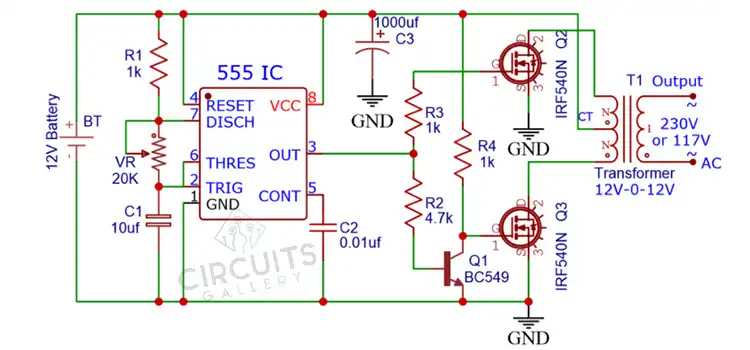
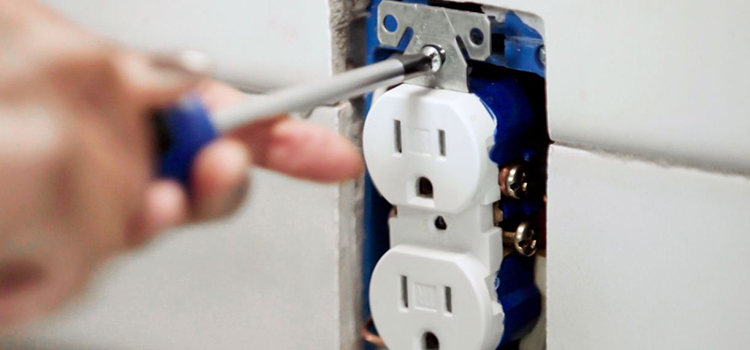
![What Gauge Wire to Connect Two 12V Batteries in Parallel [Technically Explained]](https://www.circuitsgallery.com/wp-content/uploads/2023/06/What-Gauge-Wire-to-Connect-Two-12V-Batteries-in-Parallel.webp)
